I recently played through a fantastic indie PC game. Perhaps you’ve heard of it. It’s called Aquaria. The whole game was put together by two people: Derek Yu (art and design) and Alec Holowka (sound and programming).
But I’m not here to tell you about Aquaria or its soundtrack. I think many of us already know just how good that soundtrack is (though I’m a little late to the game). Rather, I’d like to go much farther back in Derek Yu’s career, to his indie platform-adventure game Eternal Daughter, which he created with Jon Perry.
When Yu put this game together, he had a few wet-behind-the-ears composers help him out. This was roughly one decade ago. As things panned out, the majority of the music was written by then-sixteen-year-old David Saulesco.
I met Saulesco earlier this year at MAGFest. Fellow young-and-prodigious composer Josh Whelchel introduced him to me, citing his work on Eternal Daughter as the big claim to fame. I’d heard of the game, and dabbled with it in college, but never really caught onto the soundtrack.
That, too, changed after Saulesco released the Eternal Daughter Original Soundtrack for free via, you guessed it, Bandcamp.
After the jump, my short take on the soundtrack that will hopefully convince you to take the time to click some links and download the soundtrack. And while you’re at it, you can hit up Saulesco via Twitter (@withaknife) and beg him to do another full soundtrack!
Yeah, another full soundtrack. I said it. Saulesco is amazing, but unfortunately, he hasn’t added a lot to his repertoire in the last decade. I for one am hoping to see this change. The Eternal Daughter soundtrack is what’s motivating me to say this.
What makes Eternal Daughter good? First of all, the sound fonts used are totally awesome. The sound quality is about as high as sequenced music goes, somewhere between late PS1 and early PS2 (before sequenced music started getting replaced wholesale for live recordings).
Second, Saulesco pays homage to the greats. One of the main themes to the game is Bach’s 4th invention in D minor. It’s not a straight rip, but Saulesco uses the opening measures of this classic work as the main theme of Eternal Daughter, found in multiple battle themes and in the end credits music as well. I asked Saulesco about this, and he said he wasn’t consciously pulling from Bach, but it’s likely he was familiar with the melody as his parents were both steeped in the realm of classical music during his formative years.
But it isn’t just that he references Bach. Anyone can do that. But it’s quite another thing to do it well. In the battle theme “The Power of One,” Saulesco takes the 4th Invention melody, which is originally in 6/8, and pushes it into a fast-tempo 4/4 by adding a few notes to the melodic string and then cranking out a fantastic guitar part. To top things off, in this same song, Saulesco pays homage to Uematsu by throwing in a few seconds of the classic battle theme bass line. Bach meets Uematsu meets Swedish prodigy. Who wouldn’t love that?
Another Uematsu reference comes with the track “Trench-Coat,” the first 15 seconds or so being a pretty straightforward rip of “Beneath the Rotting Pizza” from Final Fantasy VII. It’s the closest that Saulesco comes to outright plagiarism, and he admits this. But it’s far less egregious than, say, Kennosuke Suemura’s well-documented plagiarism of music from Chrono Trigger, Lufia II, and Warcraft II in Super Robot Taisen K.
The only other reference worth citing, from what I can tell, is “Ever Deeper,” which (according to Saulesco) is an arrangement of a piece of music from Hans Zimmer’s Gladiator soundtrack. Beyond that, I think we’re talking fully original ideas. And again, this from a (then) 16-year-old!
The whole soundtrack is strong, and melodically interesting. Much of it is heavy, and guitar-heavy at that. But there are slow, solemn pieces. I love the synth-choral piece of music “Mia’s Lament.” This is, of course, the least lifelike of the tracks you’ll hear, since vocal synths were harder to sell in 2001 than today, especially on a tight budget. But Saulesco hits it out of the park with strong melody, harmony, and song structure.
The soundtrack as found on Bandcamp gives you 21 pieces of music. And it’s free. So, um… go get it.
As to what Saulesco is up to now, he tells me that he just finished earning a Bachelor’s degree of Music at Luleå University of Technology in Sweden. In recent years, he’s done some very interesting orchestral works, including his original composition “8-bit Bolero” (found in chiptune and orchestral form on his Bandcamp page). Even more recent is his C64 arranged orchestral medley, which he should be publishing shortly. He’s handling a variety of freelance jobs and even writing pop/rock songs with a Swedish firm. But he’s looking for opportunities to get back in the game music scene. Developers indie and mainstream both, pay attention to this guy! He’s “back in the game,” so to speak. And we’re excited to see what he’ll do next.
Tags: Bandcamp, David Saulesco, Derek Yu, Eternal Daughter, Jon Perry, Music Reviews, Reviews, withaknife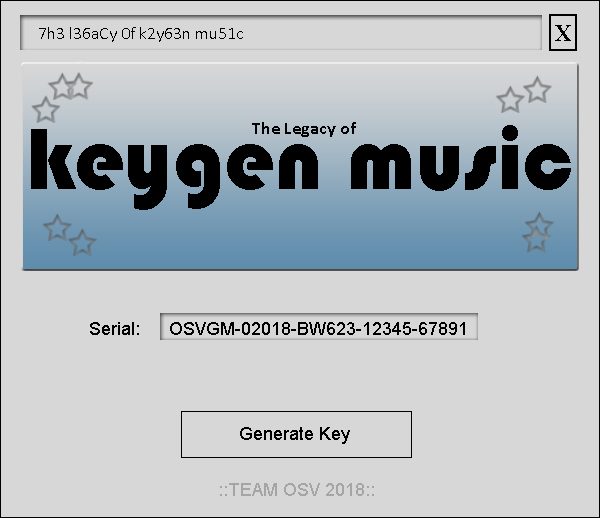
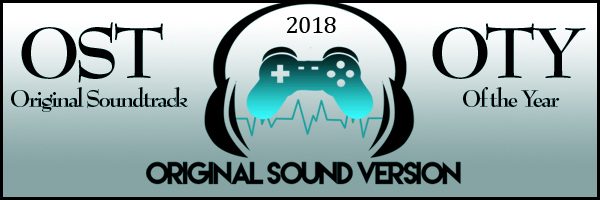
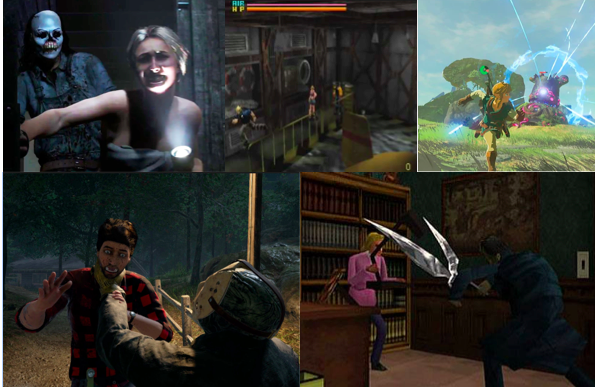


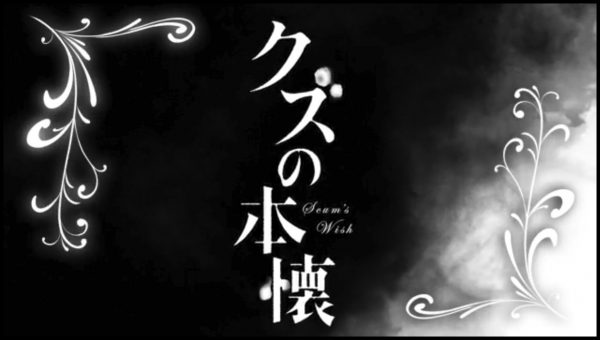


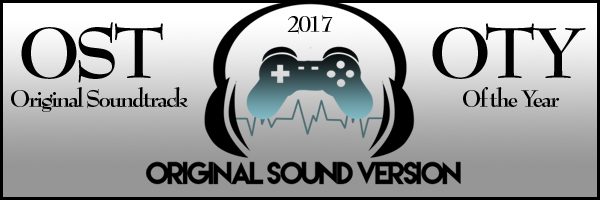
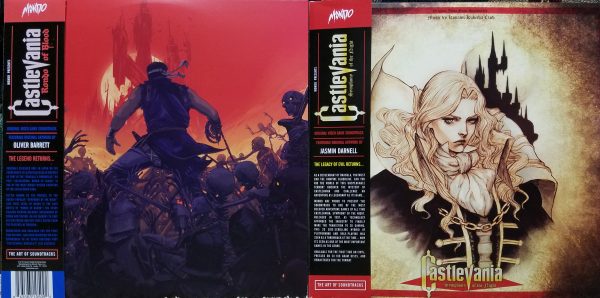
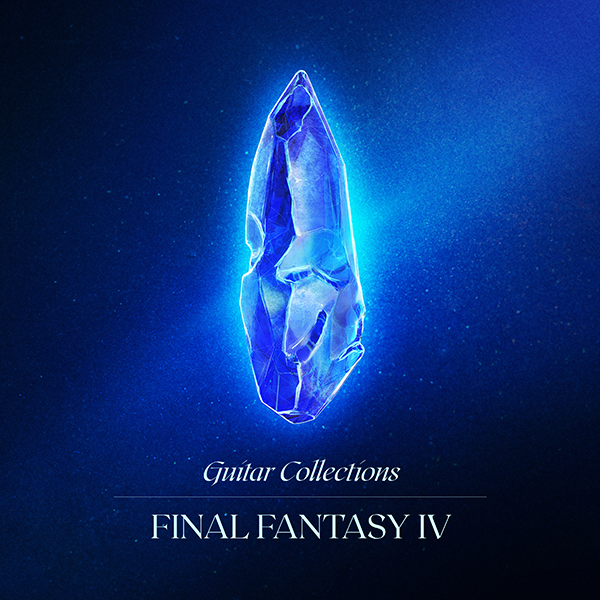
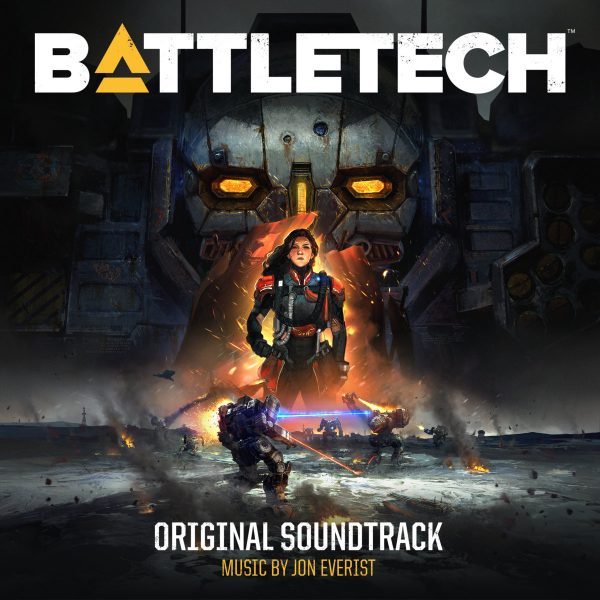
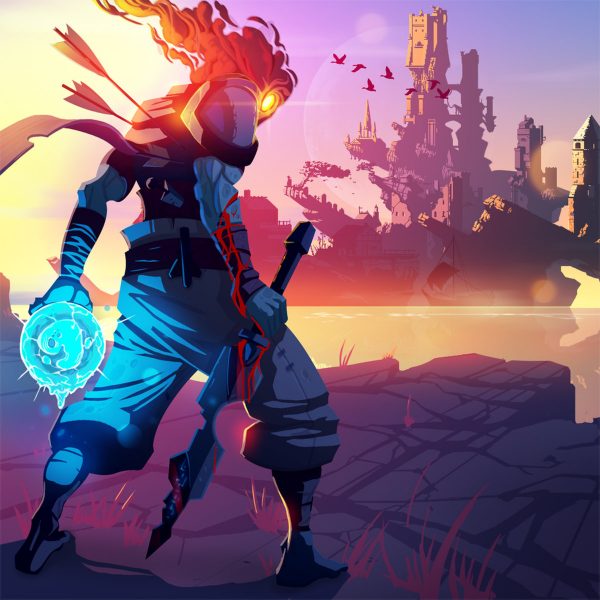
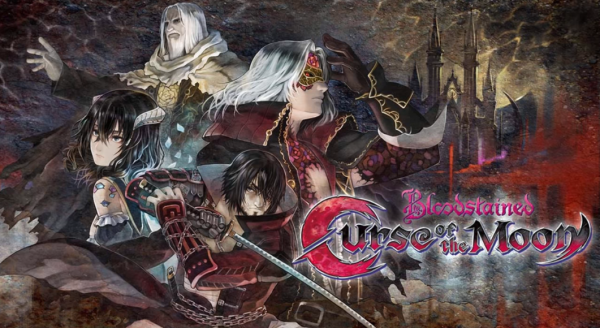
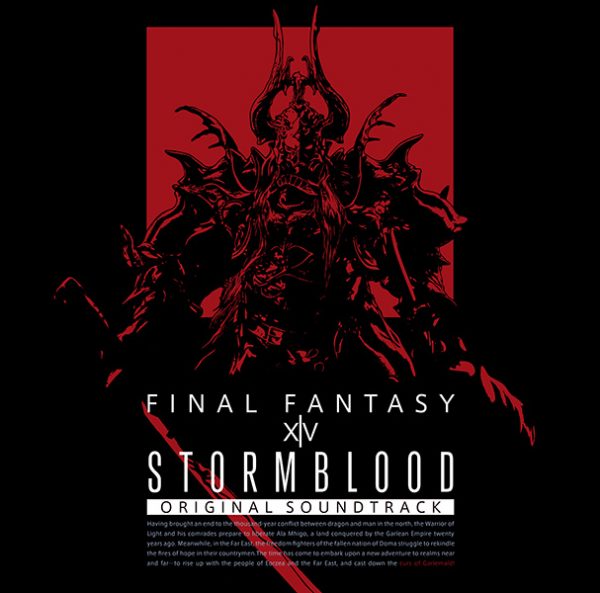
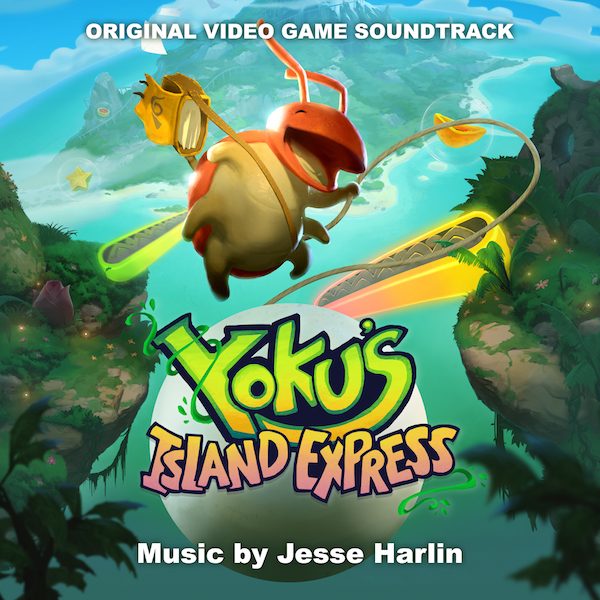
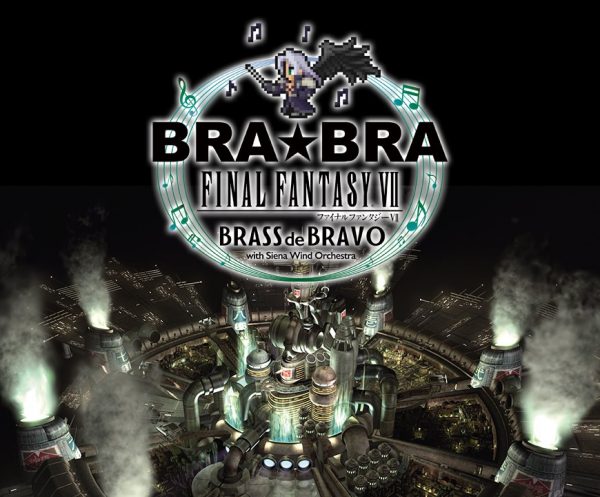
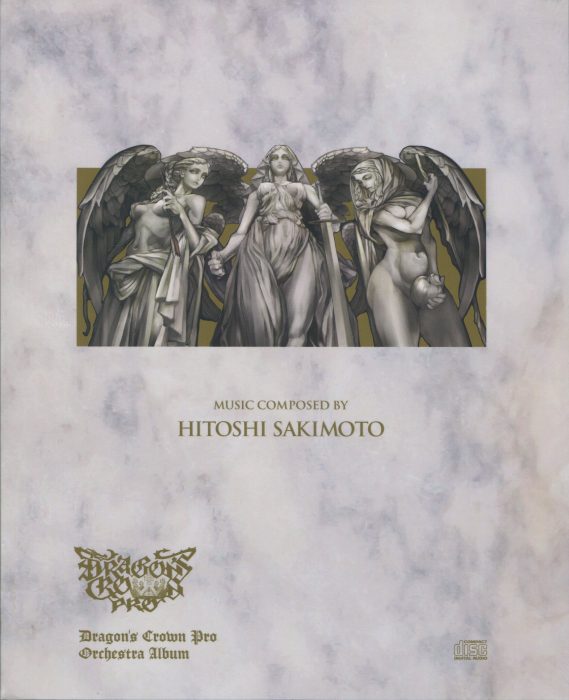
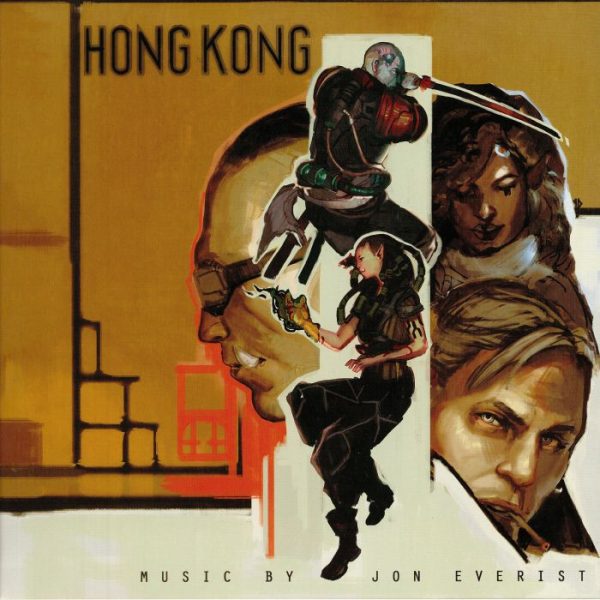
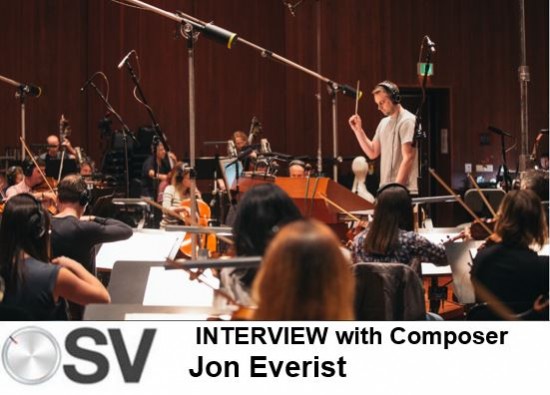
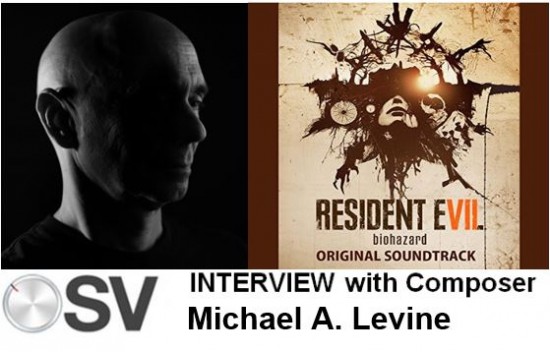
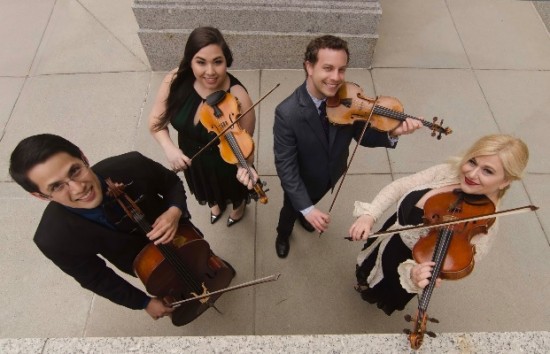
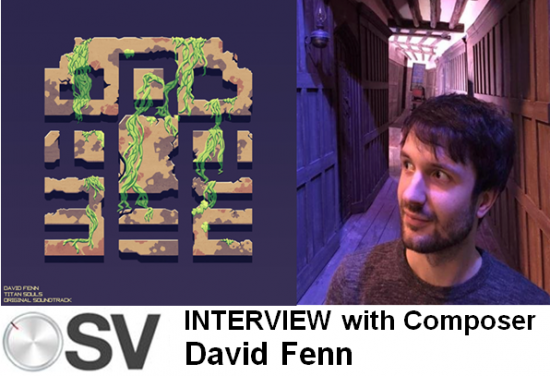
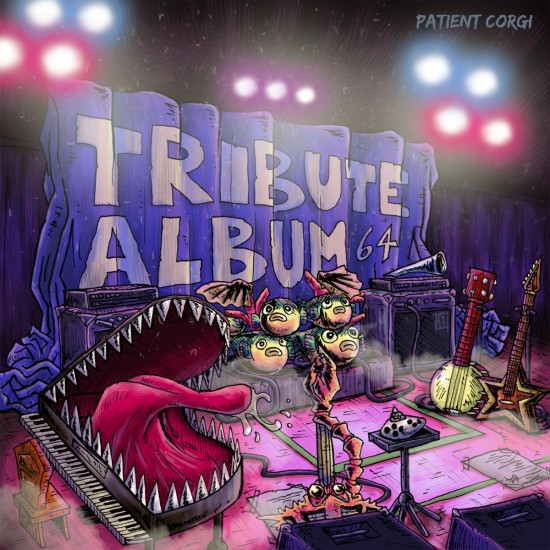
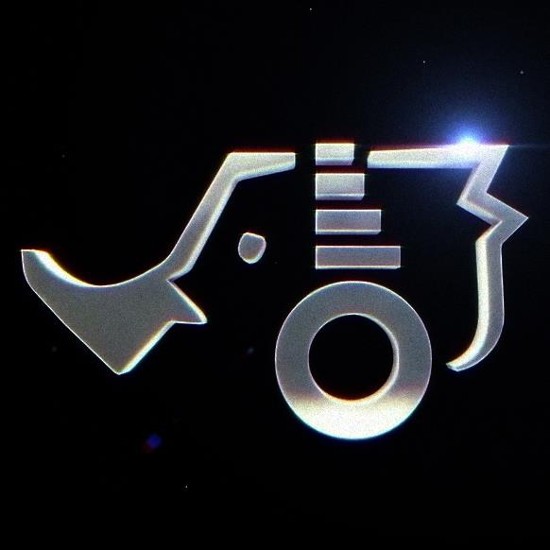
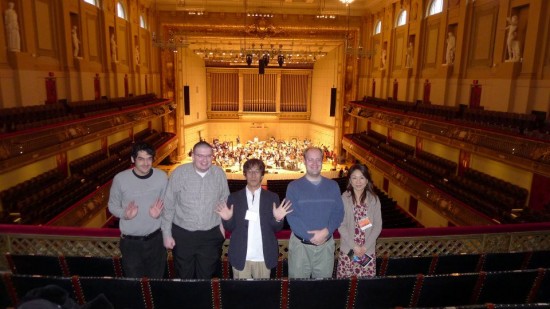
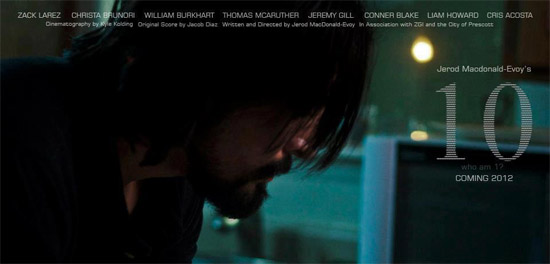
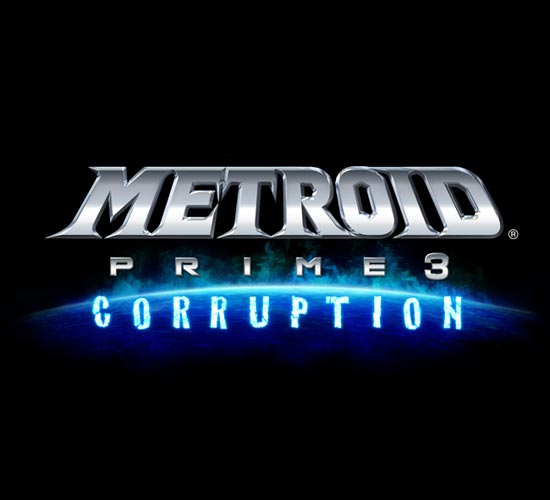


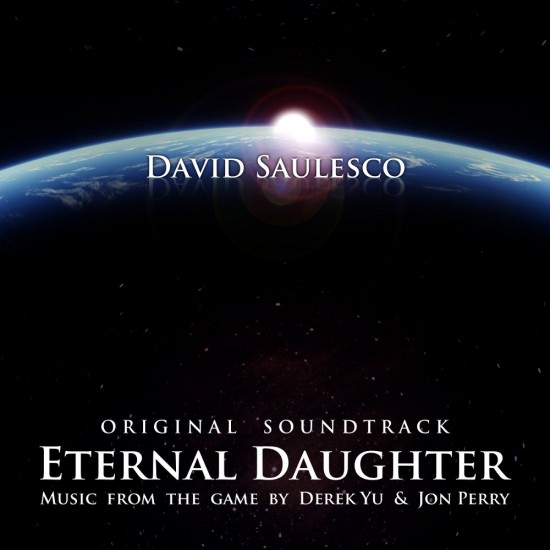
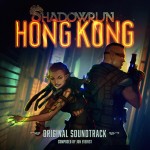
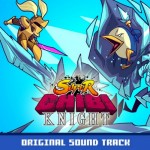
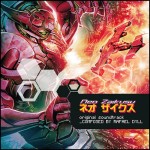


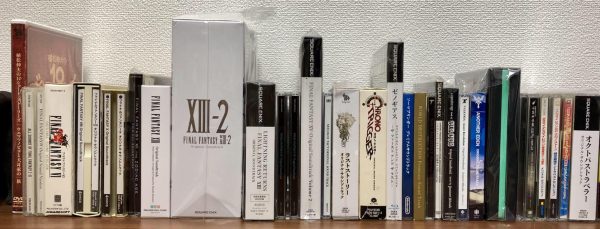
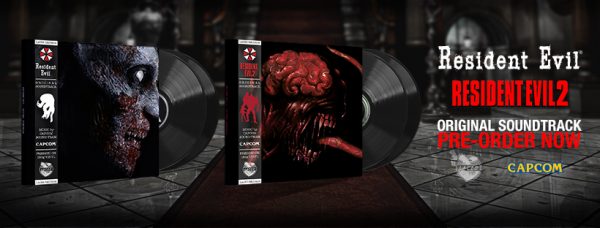
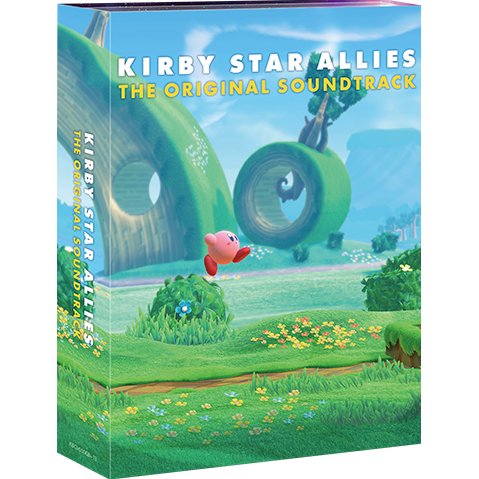
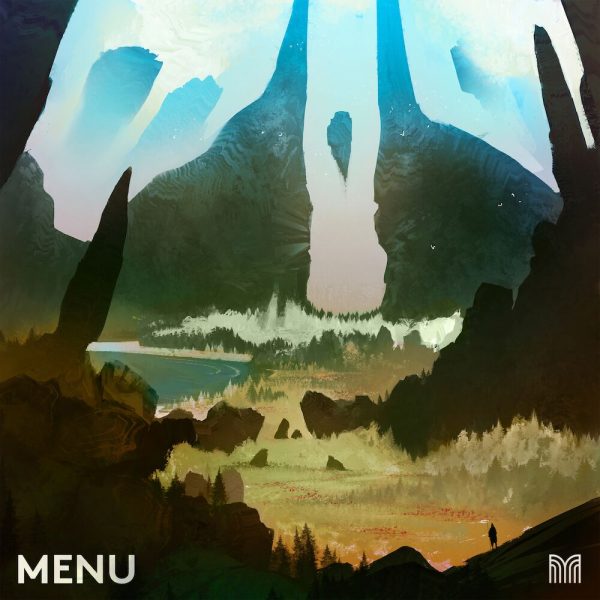
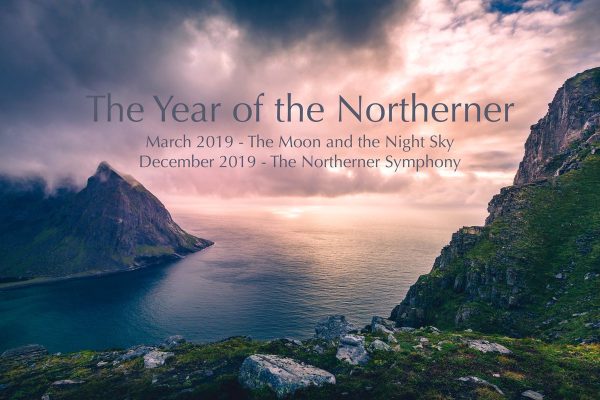
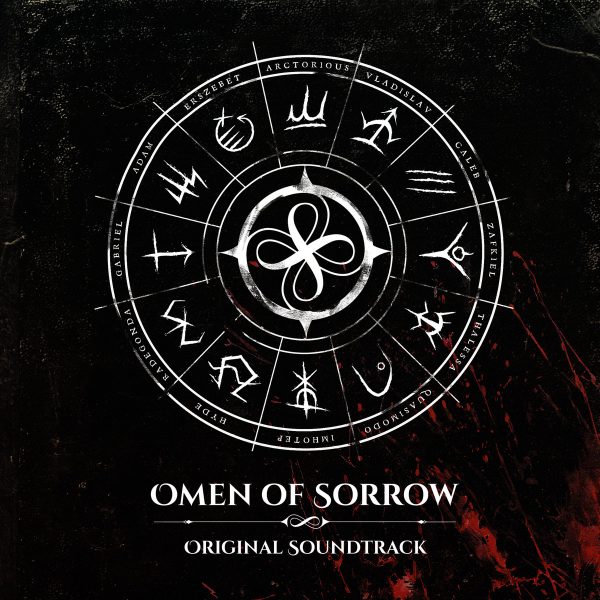
I know this isn’t about Aquaria, but since you mentioned it… holy crap, Aquaria has an awesome soundtrack. I’d highly suggest checking it out (for free) on Band Camp. It doesn’t get anywhere near enough recognition.
As for Eternal Daughter, it sounds really interesting. Thanks for pointing it out. I’ll have to check it out tonight.
Anyone know how to unsubscribe from the David Saulesco mailing list I was forced to join in order to download the album? I’m rather protective of the e-mail address I used and don’t want it on any mailing lists.
Sorry for the spam, but just to follow-up my last question: I was able to get a hold of David through the “For all other inquiries” on the Band Camp page and he very kindly responded and removed me from the list.
Hey Nitro — yeah, the “join the mailing list” for free albums is bandcamp’s policy, not the artist. I’m not sure David’s even going to use the mailing list, but of course he’d comply with the request. Even with the hassle though, I love bandcamp. 🙂
Desperate Flight from 1:05 to 1:32 is a rip of FFVII’s “Still More Fighting”
The melody from “Divina Justitia” is really damn similar to Sephiroth’s “Chosen One” theme.
Just to be clear, I like the soundtrack 😛